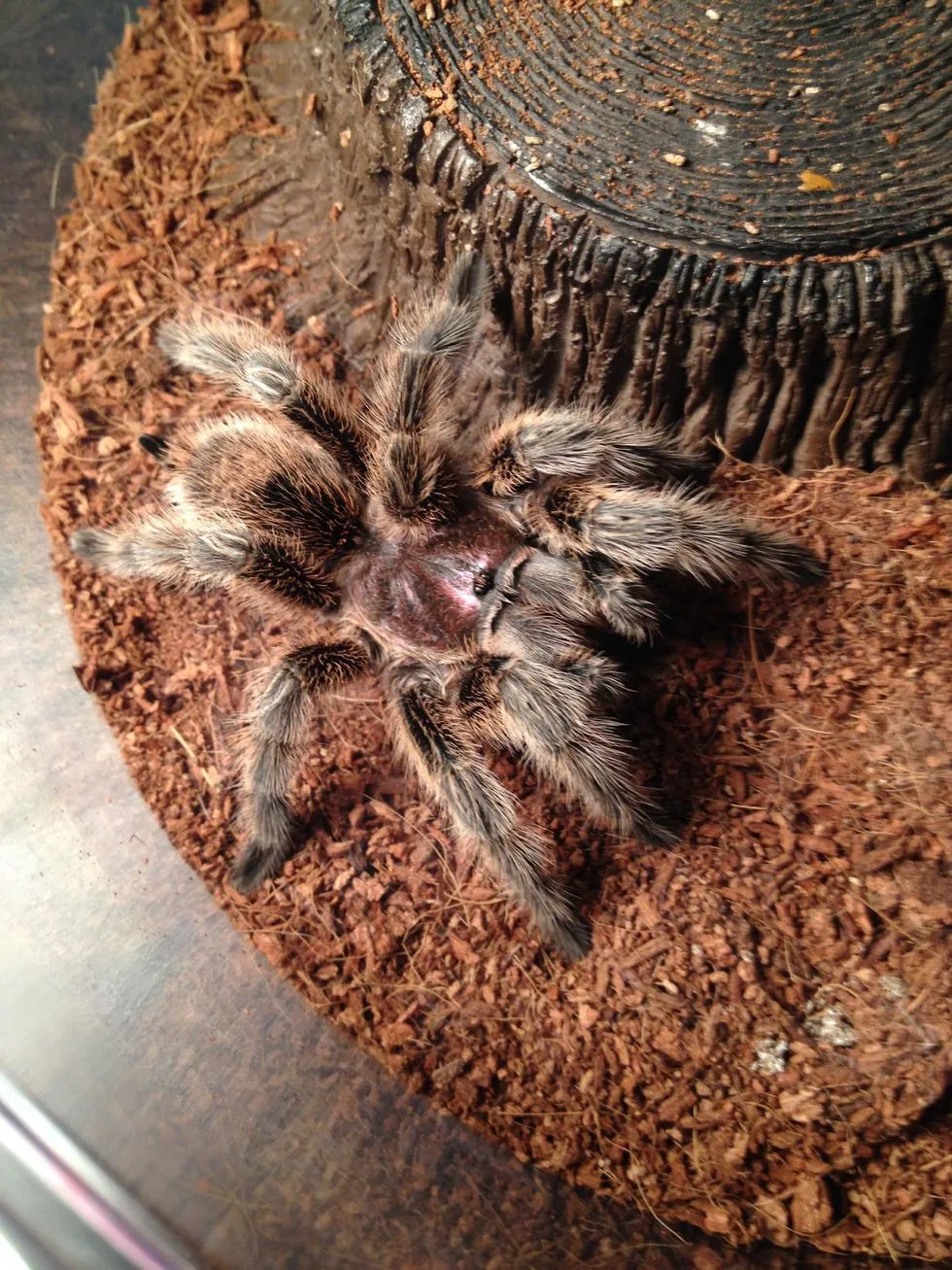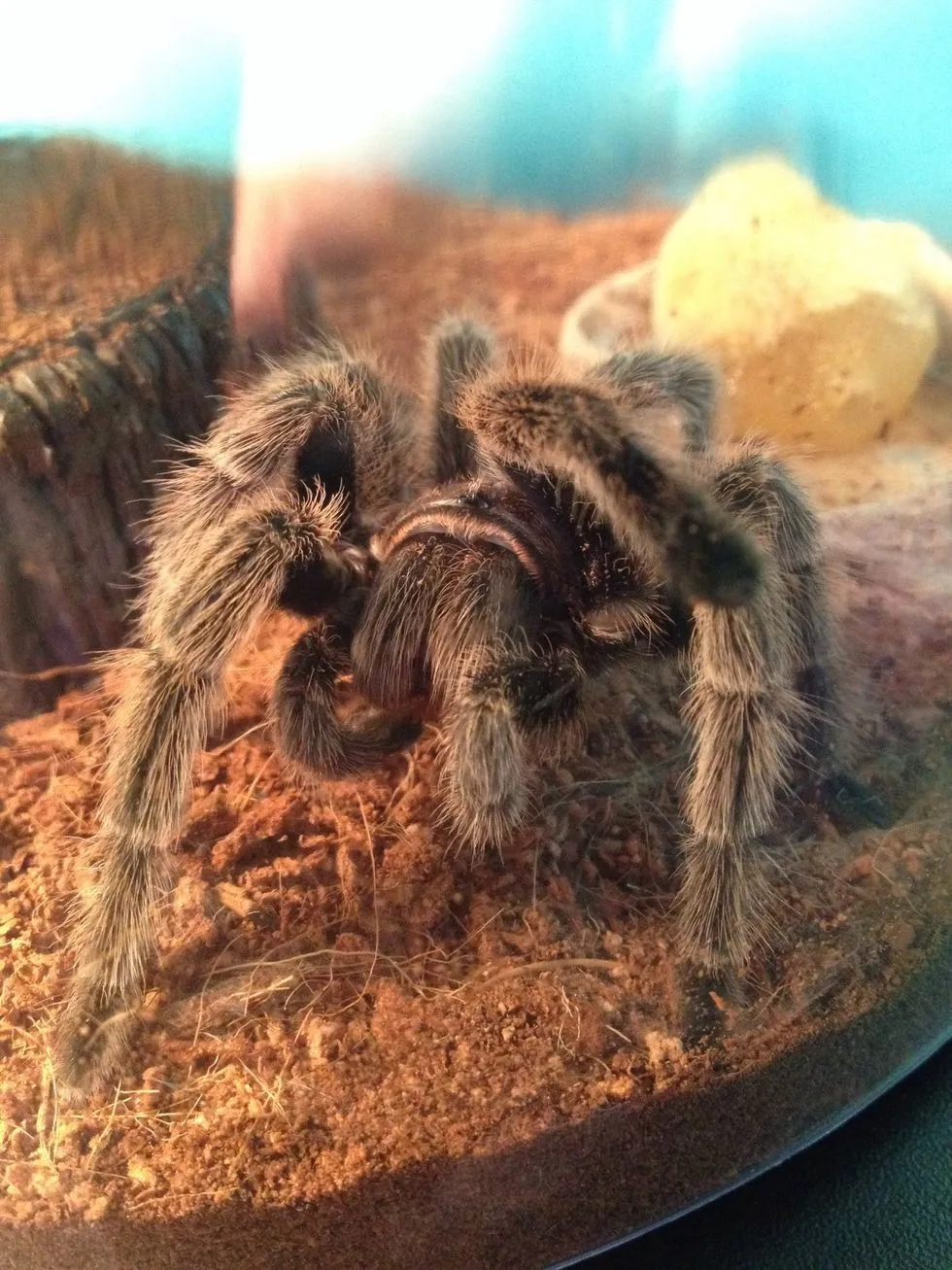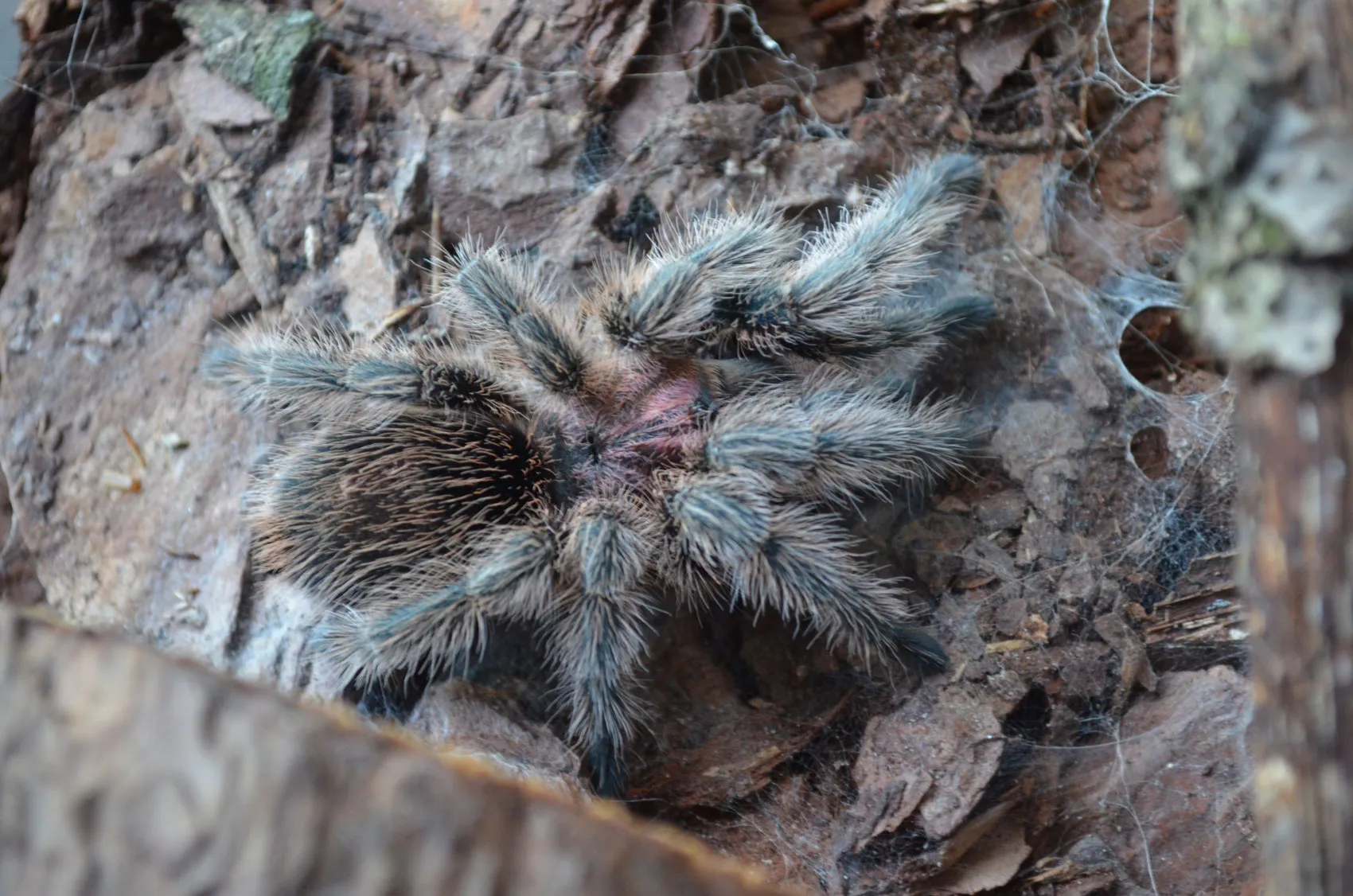Top 5 Facts About Rose Haired Tarantula Bites
The rose haired tarantula, a popular pet due to its docile nature and relatively low maintenance, is still a spider, and like all spiders, it possesses fangs and venom. While their bites are not typically life-threatening to humans, understanding the facts about a rose haired tarantula bite is crucial for responsible pet ownership and personal safety. This article will delve into the top five facts about these bites, covering toxicity, symptoms, first aid, prevention, and long-term effects, equipping you with the knowledge to handle such situations effectively.
Fact 1 Toxicity and Venom
One of the primary concerns when dealing with any spider bite is the toxicity of its venom. Rose haired tarantulas possess venom that is primarily intended to immobilize their prey. The venom of a rose haired tarantula is considered to be of low toxicity to humans. This means that while a bite can be painful and cause localized symptoms, it is unlikely to lead to severe systemic reactions or death. However, individual reactions can vary, and factors such as the amount of venom injected and the person’s sensitivity can influence the severity of the symptoms. It’s important to note the low toxicity doesn’t negate the need for proper care.
The Nature of Rose Haired Tarantula Venom

Rose haired tarantula venom is a complex mixture of enzymes, peptides, and other compounds designed to subdue insects and small animals. The primary components responsible for the effects of the venom include neurotoxins and enzymes that disrupt the prey’s nervous system and tissues. The venom’s composition is specifically adapted for its predatory role, and its effects on humans are generally less potent because of the size difference. While there may be localized pain and discomfort, the venom’s concentration and potency are not typically high enough to cause significant harm to a human body.
How Venom Affects Humans
When a human is bitten by a rose haired tarantula, the venom is injected through the spider’s fangs. The primary effect is localized pain at the bite site, often described as a burning sensation. Redness, swelling, and itching are also common. The intensity of these symptoms can vary depending on the amount of venom injected and the individual’s sensitivity. It’s rare for the venom to cause systemic effects, such as fever, nausea, or muscle cramps, in humans. The human body’s immune system usually neutralizes the venom relatively quickly, which is why most symptoms subside within a few hours to a few days.
Fact 2 Common Symptoms
Understanding the symptoms of a rose haired tarantula bite is crucial for proper management and care. While the severity of symptoms can vary, it is important to recognize the common signs that may follow a bite. The ability to identify these symptoms can ensure that you act quickly and take appropriate measures to mitigate discomfort and prevent complications. Knowing the symptoms helps in differentiating a tarantula bite from other skin irritations or allergies. Here are some of the most common reactions observed after a bite.
Immediate Reactions

Immediately after being bitten, the most noticeable symptom is localized pain. This pain is often described as a sharp, stinging, or burning sensation that occurs at the bite site. The pain can range from mild to moderate, depending on individual pain thresholds and the amount of venom injected. In addition to pain, you might experience redness around the bite area. This redness is a sign of inflammation and the body’s response to the venom. Swelling is another common symptom, which might be accompanied by itching. The itching sensation can be quite intense, making it tempting to scratch the area, which should be avoided to prevent infection. If bitten it’s important to remain calm and to assess the situation.
Delayed Effects
In some cases, delayed effects can occur after a rose haired tarantula bite. These symptoms might not appear immediately and can develop over a few hours or even a day. Possible delayed effects include increased swelling and redness, which might spread from the initial bite site. Other potential effects can include muscle cramps or aches, particularly around the bitten area. Experiencing these cramps or aches can cause considerable discomfort. Some people might report a mild fever or flu-like symptoms, such as fatigue or body aches. If you experience any of these delayed effects, seeking medical attention is crucial to rule out other potential causes and to receive appropriate care.
Fact 3 First Aid Procedures
Knowing the correct first aid procedures can significantly reduce discomfort and potential complications after a rose haired tarantula bite. Proper immediate action is crucial to manage symptoms and to promote faster healing. Quick response ensures that the affected area is addressed effectively and that appropriate measures are taken. Keep a clear head and follow a step-by-step approach to ensure the best possible outcome. From initial steps to recognizing when to seek medical attention, here’s a guide to handling the situation.
Initial Steps After a Bite

The initial steps to take after a rose haired tarantula bite include washing the area with mild soap and water. This helps remove any remaining venom and reduces the risk of infection. Apply a cold compress or ice pack to the bite site for 10-15 minutes at a time. This helps reduce swelling and pain. Keep the affected limb elevated to help minimize swelling and prevent further discomfort. Monitor the bite site for any signs of infection, such as increasing redness, swelling, or pus. Avoid scratching the bite area, as this can increase the risk of infection and worsen symptoms. Take an over-the-counter pain reliever, such as ibuprofen or acetaminophen, to manage pain and discomfort.
When to Seek Medical Attention
While rose haired tarantula bites are not usually life-threatening, there are situations where seeking medical attention is necessary. If you experience severe symptoms, such as difficulty breathing, chest pain, or swelling of the face or throat, seek immediate medical attention. If you develop signs of infection, such as increasing redness, swelling, warmth, or pus at the bite site, see a doctor promptly. If your symptoms worsen or do not improve after a few days, consult a medical professional. People with pre-existing health conditions, allergies, or those bitten by the tarantula should seek medical advice as a precaution. Always err on the side of caution when it comes to your health.
Fact 4 Risk Factors and Prevention
Understanding the risk factors associated with rose haired tarantula bites and adopting preventive measures can significantly reduce the likelihood of such incidents. Knowing who is most at risk helps in taking appropriate precautions. A proactive approach, combined with responsible pet ownership, ensures safety for both the owner and the tarantula. Awareness of these aspects allows you to take necessary measures to minimize potential harm. Here’s a comprehensive overview of risk factors and the best preventative strategies.
Who is at Risk?

Individuals who own rose haired tarantulas or work closely with them, such as pet store employees and researchers, are at higher risk of being bitten. Children, due to their smaller size and potentially more severe reactions, might be at greater risk. People with allergies to insect venom might have a heightened response to a tarantula bite. Those who handle tarantulas without proper training or protective equipment face a greater risk of bites. Anyone who is careless or disregards safety protocols while handling these spiders is also at increased risk. Knowing the risks helps prioritize safety.
Preventative Measures
To minimize the risk of a rose haired tarantula bite, always handle the spider carefully and avoid sudden movements that could startle it. Use tools such as long tongs to move or handle the tarantula, reducing direct contact. Wear protective gloves when handling the tarantula or cleaning its enclosure. Ensure the tarantula’s enclosure is secure and escape-proof to prevent accidental encounters. When cleaning or maintaining the enclosure, do it in a well-lit area and avoid any actions that might stress or provoke the spider. Educate yourself and others on the proper handling and care of tarantulas. Educate children on the importance of not disturbing or handling the spider without adult supervision. By implementing these precautions, you can significantly minimize the risk of a bite.
Fact 5 Long-Term Effects and Recovery
While most rose haired tarantula bites result in minor symptoms that resolve quickly, it’s helpful to understand the potential long-term effects and the recovery process. Knowing what to expect and how to care for the bite site can ensure a smoother recovery. Awareness of potential complications and necessary steps can help manage the aftermath of the bite and promote healing. Here’s a guide to long-term considerations.
The Healing Process

The healing process for a rose haired tarantula bite typically involves the body’s natural mechanisms to repair tissue damage and eliminate the venom. Localized inflammation, redness, and swelling usually start to decrease within a few days. The pain often subsides within a few hours to a day or two, but it can persist depending on the individual’s sensitivity and the severity of the bite. The affected area might be tender or itchy during the healing phase. Continue to keep the bite site clean and dry, avoiding scratching, to prevent infection. The complete healing process usually takes a few days to a week. If the bite site shows signs of infection, such as increased redness, swelling, pus, or fever, seek medical attention promptly.
Potential Complications
Although rare, potential complications can arise after a rose haired tarantula bite. One of the most common complications is a secondary infection. This is when bacteria enter the bite site, causing increased redness, swelling, pain, and pus. If you suspect an infection, see a doctor immediately. In some cases, individuals might develop an allergic reaction to the venom, leading to hives, difficulty breathing, or swelling of the face and throat. This requires immediate medical attention. Rarely, chronic pain or hypersensitivity at the bite site might persist. If you experience any long-lasting symptoms or unusual reactions, consult a healthcare professional to rule out more severe conditions.
In conclusion, understanding the facts about rose haired tarantula bites is crucial for responsible pet ownership and personal safety. While the bites are generally not life-threatening, being aware of the potential symptoms, first aid procedures, and preventive measures can help mitigate any adverse effects. By following the guidelines and seeking medical attention when necessary, you can ensure your safety and well-being while enjoying the companionship of these fascinating creatures.
